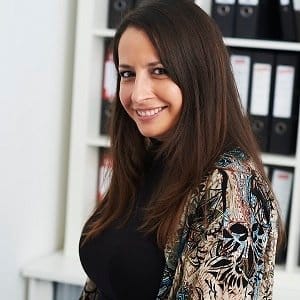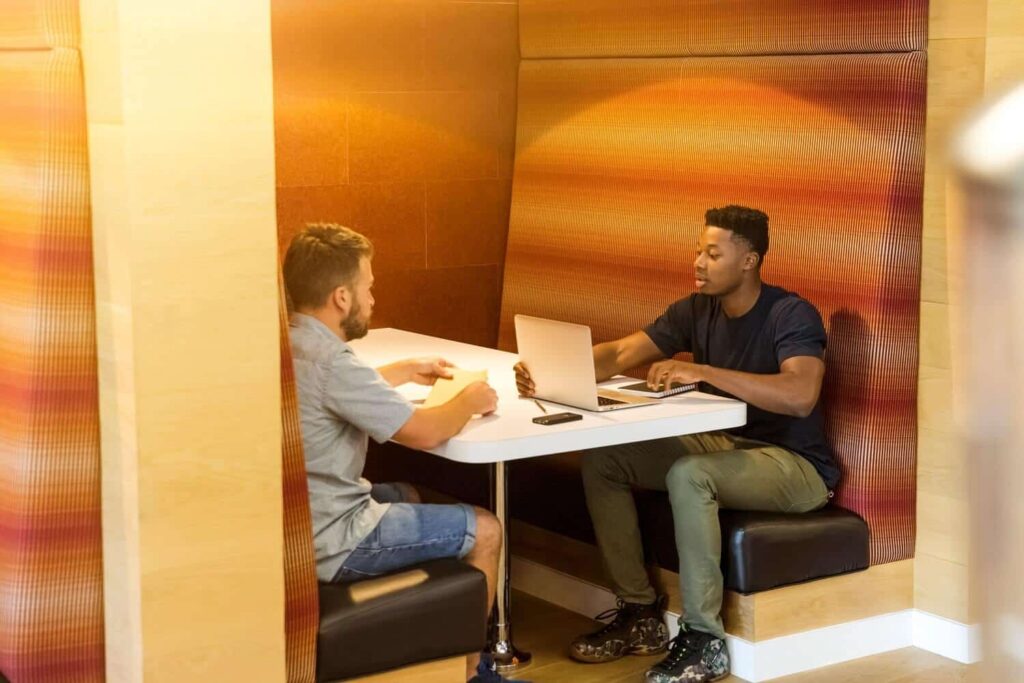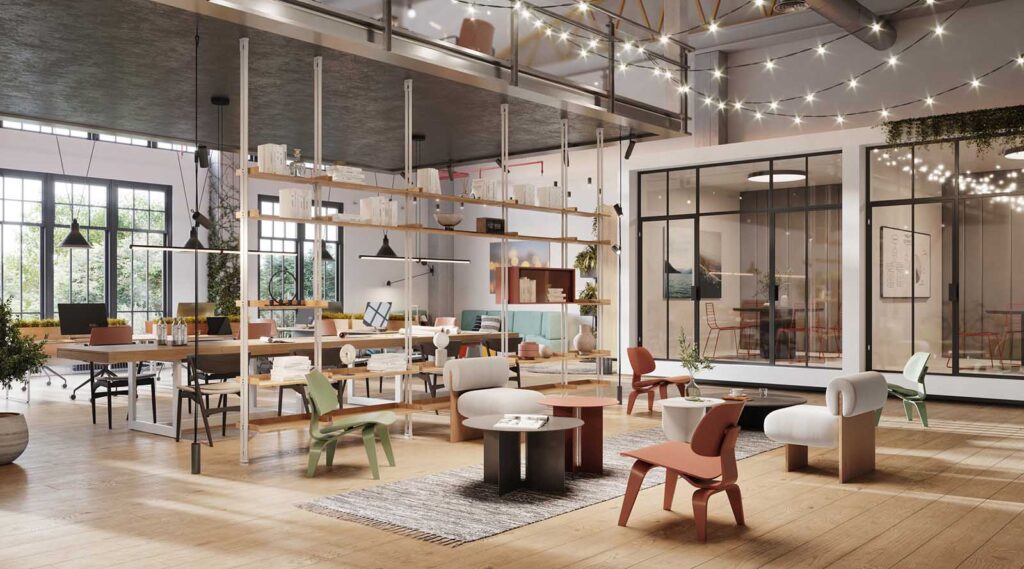Balancing Design and Desire in Modern Office Spaces
By Patrick Cwiklinski• 6 mins read•July 20, 2018
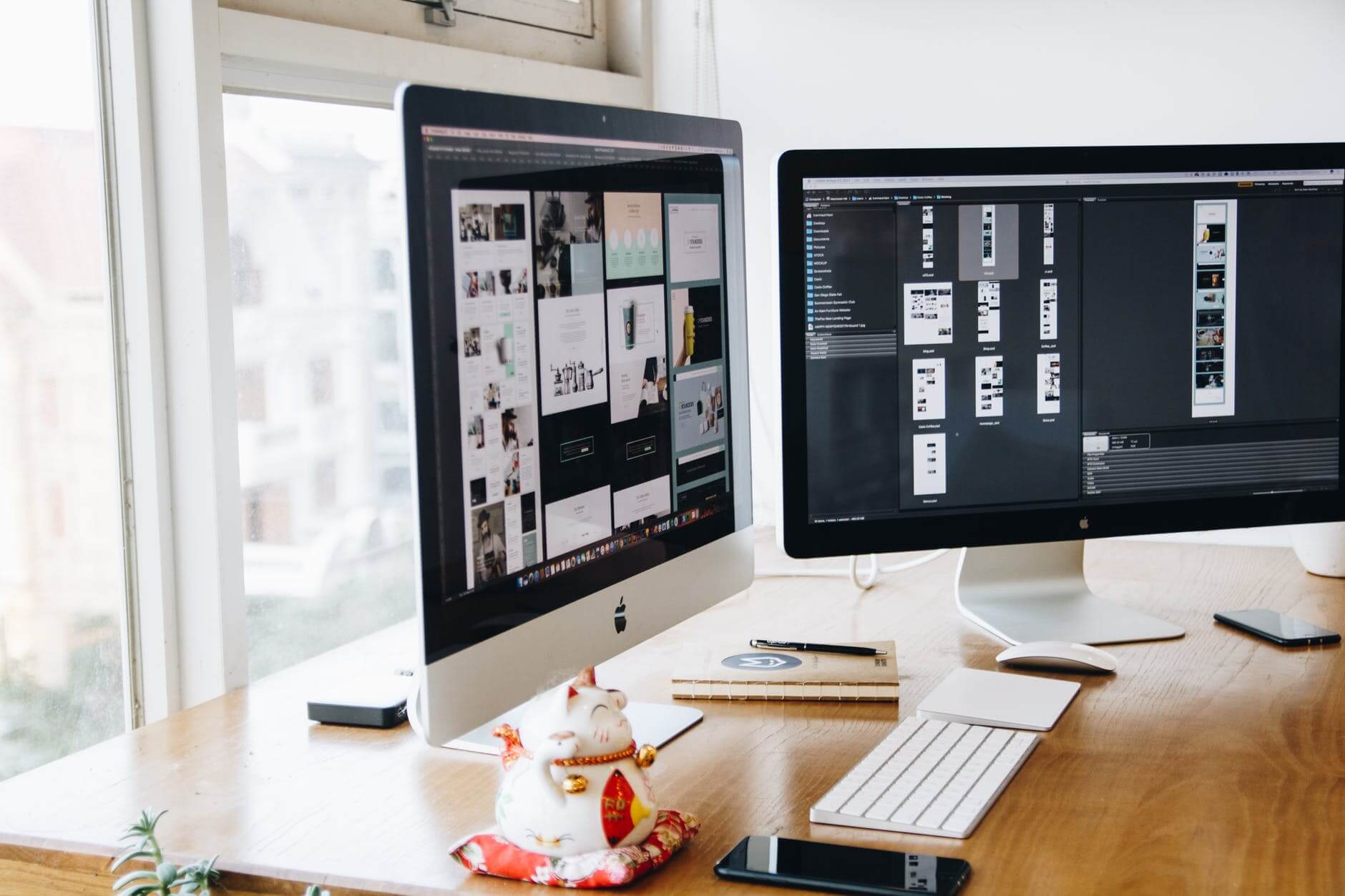
TheJones London Founder Louise Coombs balances office design and the expanding needs of today’s employee.
As the commercial real estate premium continues to compound in major cities worldwide, designers are having to get more creative with how they utilize office space. More design decisions are now having to account for the evolving workplace needs of employees.
Louise Coombs, Founder of TheJones London, is at the forefront of this shift. Her background as a commercial architect and designer gives her unique insights into what organizations should be looking for when it comes to finding the right building and office space to meet their needs.
How do you think office design has evolved in recent years, especially with a constant stream of new workplace technologies?
Coombs: Technology is the key driver of what is changing in an office. When I first started my career, big L-shaped desks with screens all around them were very popular — you would probably call them “cubes.”
The first thing that happened is the screen height dropped down so people were able to look at their co-workers in the eye while working, which helped with communication. Then the desk size changed because the monitors changed. You used to have big monitors and that’s why you had large corner desks so you had space to put on a monitor with a big back to it.
When the monitors went to flat screen, you had this big wasted space on your desk. If you were just to go to a rectangular desk, you’d be using the same footprint as the L-shaped desk, but actually giving yourself more arm space while keeping the surface the same.
Now, ironically, everyone wants two monitors but they also want a smaller desk. Your desk doesn’t have a monitor on it anymore, they’re hung off a screen or mounted on the back of the desk which frees the surface up completely so that all you literally have on it is a keyboard.
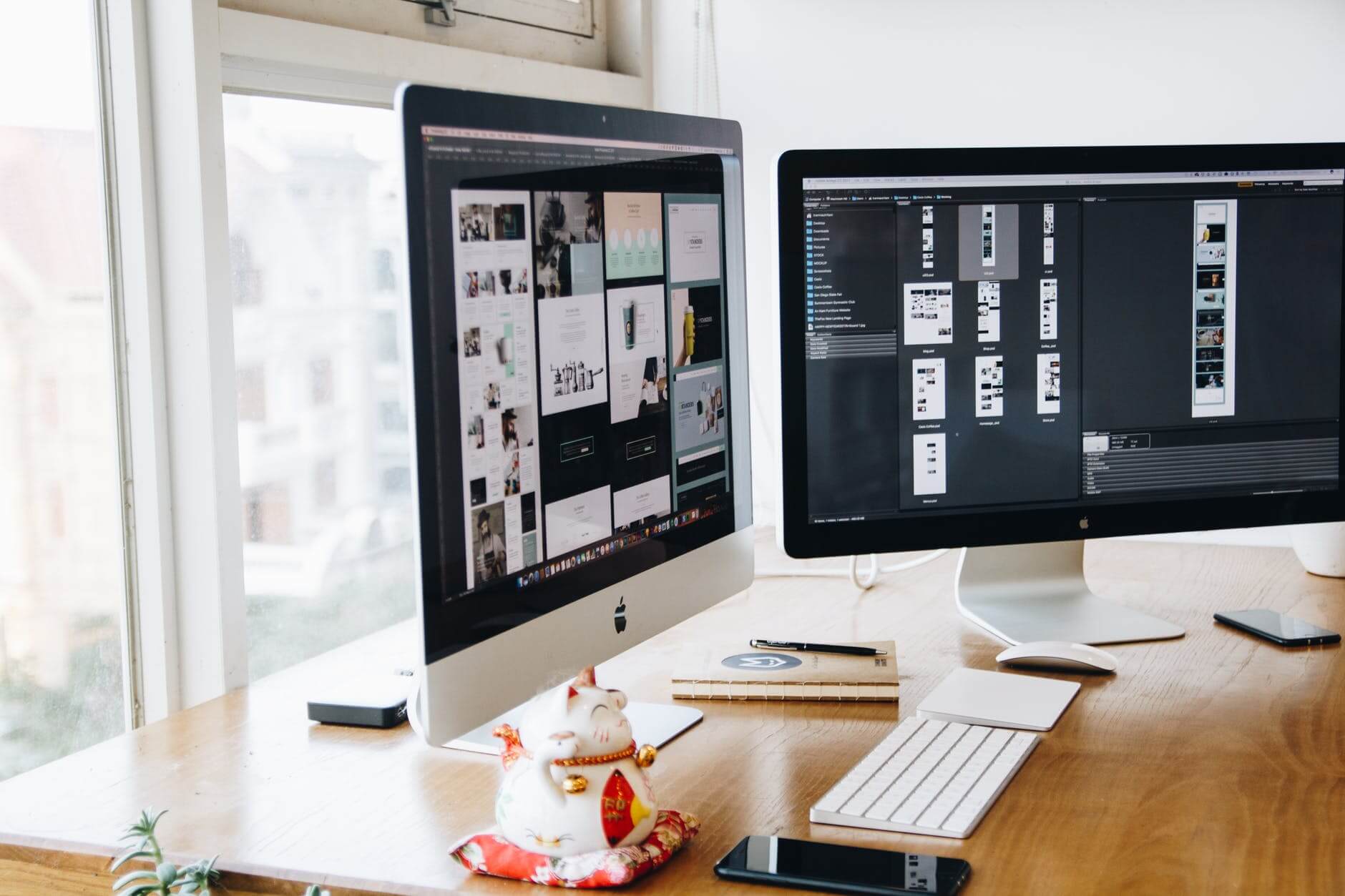
What are some of the most popular design trends your clients are currently asking for in their office spaces?
Coombs: Everyone wants booths. There’s a company called Spacestor and they’re very big at the moment for what they’re calling “California Cool.” They’ve hit the nail on the head with what us as designers want and need. We don’t want to build it bespoke, we want to be able to buy it off the shelf. They’ve created something called the Railway Carriage, which effectively is a little booth that’s sound proof.
It’s almost like we’re regressing. Everyone wanted to be open plan and now everyone doesn’t necessarily want to be open plan but they also don’t want to be in a smaller space. Booths are really making those square feet work harder because you can do all sorts of things such as one-on-one meetings, presentations and collaboration with multiple people.
The other thing I’ve been putting everywhere is square grid shelving, which is shelving to divide departments or areas up. They are made up of black metal squares that you stack like Lego.
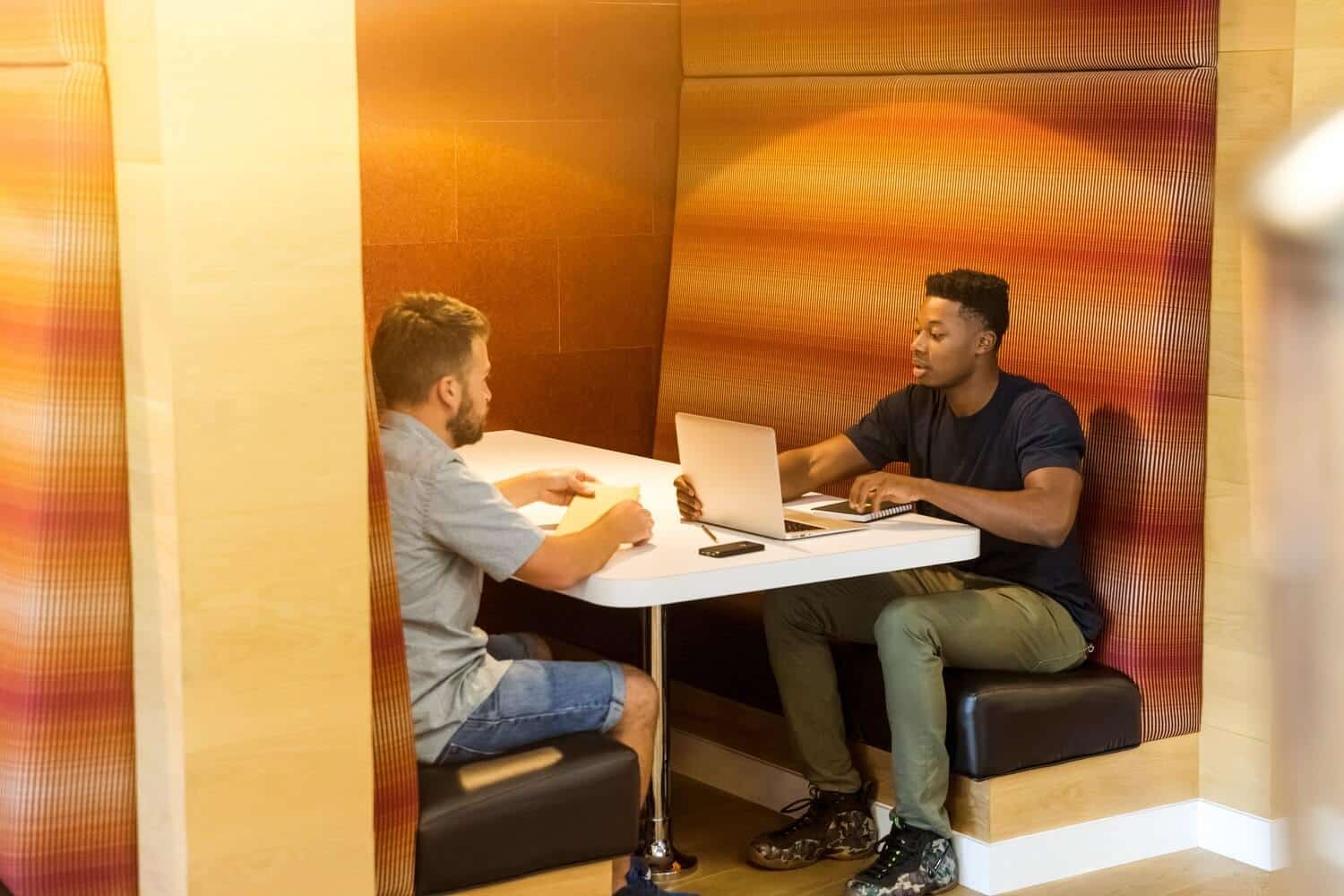
Can you take us through the process of finding the right building for an organization?
Coombs: We call those “test fits.” I do a lot of those as a freelancer and that’s definitely something a lot of companies use me for. You don’t want to clog up your in-house design resource with just wanting to know whether the space will fit. Generally speaking, when you do test fits, one building will stand head-and-shoulders above the other building based on the requirements of the business looking at taking it.
The most awkward shaped buildings can sometimes work really well for companies that want to have seperate divisions. They want HR to be on their own, for example, and they don’t want to isolate them in a room. You can sometimes use a quirky shaped building to your advantage when it comes to design and the thing that changes on everything is the amount of wasted space and circulation. Square feet in London costs a fortune, so if you are wasting square footage just on corridors and circulation space then you’re wasting money. You’re better off finding a building that works effectively and the only way to know whether it will work effectively is to space plan your requirements into it.
There’s no quick answer to it. There’s no simple solutions as to whether one building is better than another. You literally have to space plan it.
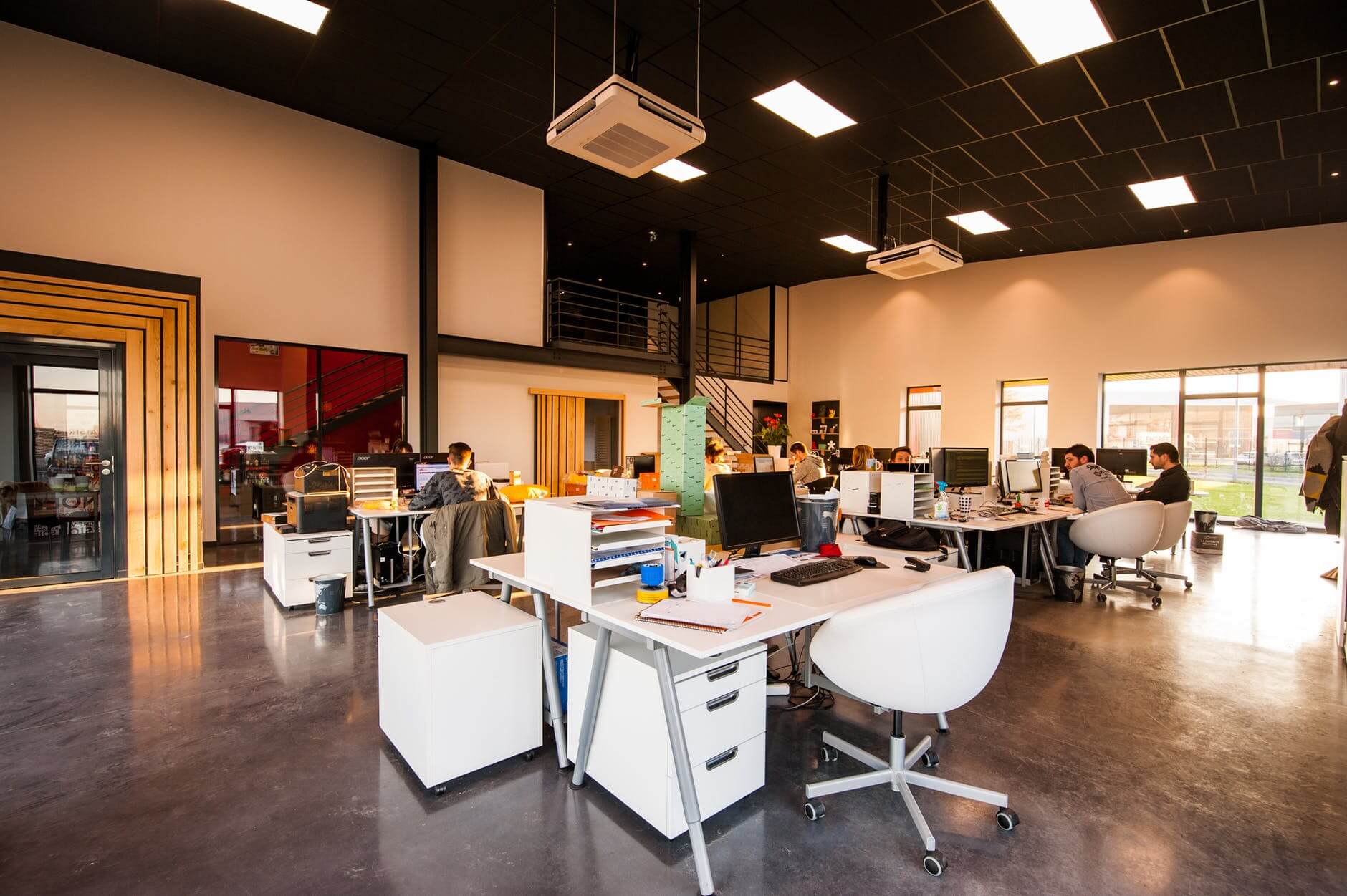
What is the collaboration process like? How is it different for specific industries and how do different departments get involved?
Coombs: You’re generally acting on behalf of the agent who’s marketing the space when you’re doing a test fit. The agent is trying to sell the space to a client so they want to know how that client will fit into the space.
At the test fit stage, you wouldn’t necessarily have that much involvement with the end user. It’s a lot more of a global solution or higher level of desire that’s not as detailed. For example, I worked with a large accounting firm and they were looking at taking two floors near Tower Bridge. It was a very convoluted way of going about it because they had 15 people in the design committee on behalf of the client.
It’s impossible to get everyone to agree on one thing because you have different tastes, styles and personality traits. The extroverts will always speak up about what they like, whereas introverts won’t say a thing. Generally speaking, you can assume that extroverts are in Sales and HR and introverts are in Finance and IT. It’s this internal battle on the client’s side to see who is going to be the person that speaks up.
Once you’ve got your test fit organized and know what building they’re going into, you then go meet with the client and I insist on meeting with departments. I can tell a lot just from walking around the office such as who needs storage, who needs layout space, who needs breakout areas, who needs smaller rooms where you need to shut the door.
To meet each individual department is always a very good idea because they feel like they’re being listened to. Most people generally have the same requirements department-wise across every industry you cover.
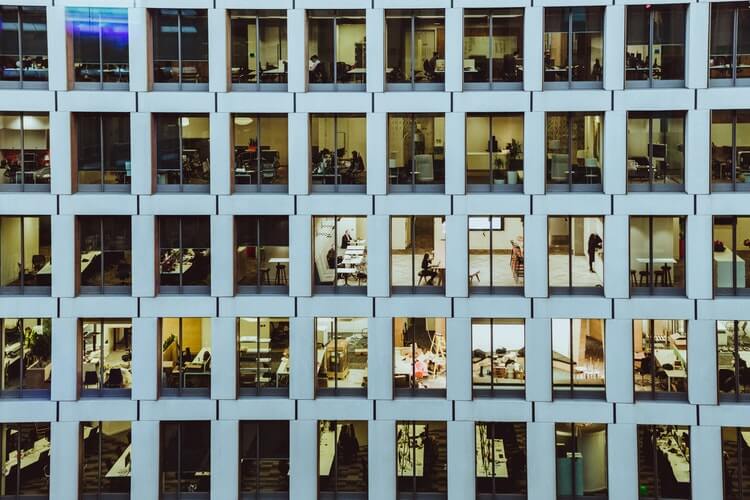
How do you think the physical office space will transform over the next decade?
Coombs: I’ve always pushed against it looking like a student union building with these sort of flea-bitten sofas in a New York loft feel. I just don’t think that’s the kind of environment where you’ll get professionalism out of the people that work there. You’re not going to get them to respect their environment if you give them something a bit shabby.
I personally think it’s going to regress back to people needing focus areas to work as well as huge social areas where people can collaborate. The younger generation coming in are not 9-5ers.
Here’s a very interesting piece of information: the first office ever was a coffee shop on Lloyd’s Avenue in London. That’s where people used to meet to trade. That was effectively the first office. If you think about it now, so much business happens at a Starbucks. Things haven’t really progressed in 300 years and what companies are trying to do is keep staff in-house by providing them facilities like a Starbucks. It’s more about the soft areas where you can sit and relax during the work day and the social side of being in an office.
Find out more about how TheJones London can help your organization with its office space needs at their website.
How do you think evolving employee needs have impacted the way office design is executed? Join the conversation and leave us a comment below.
Photos: Tranmautritam, LinkedIn Sales Navigator, Cadeau Maestro, dylan nolte

